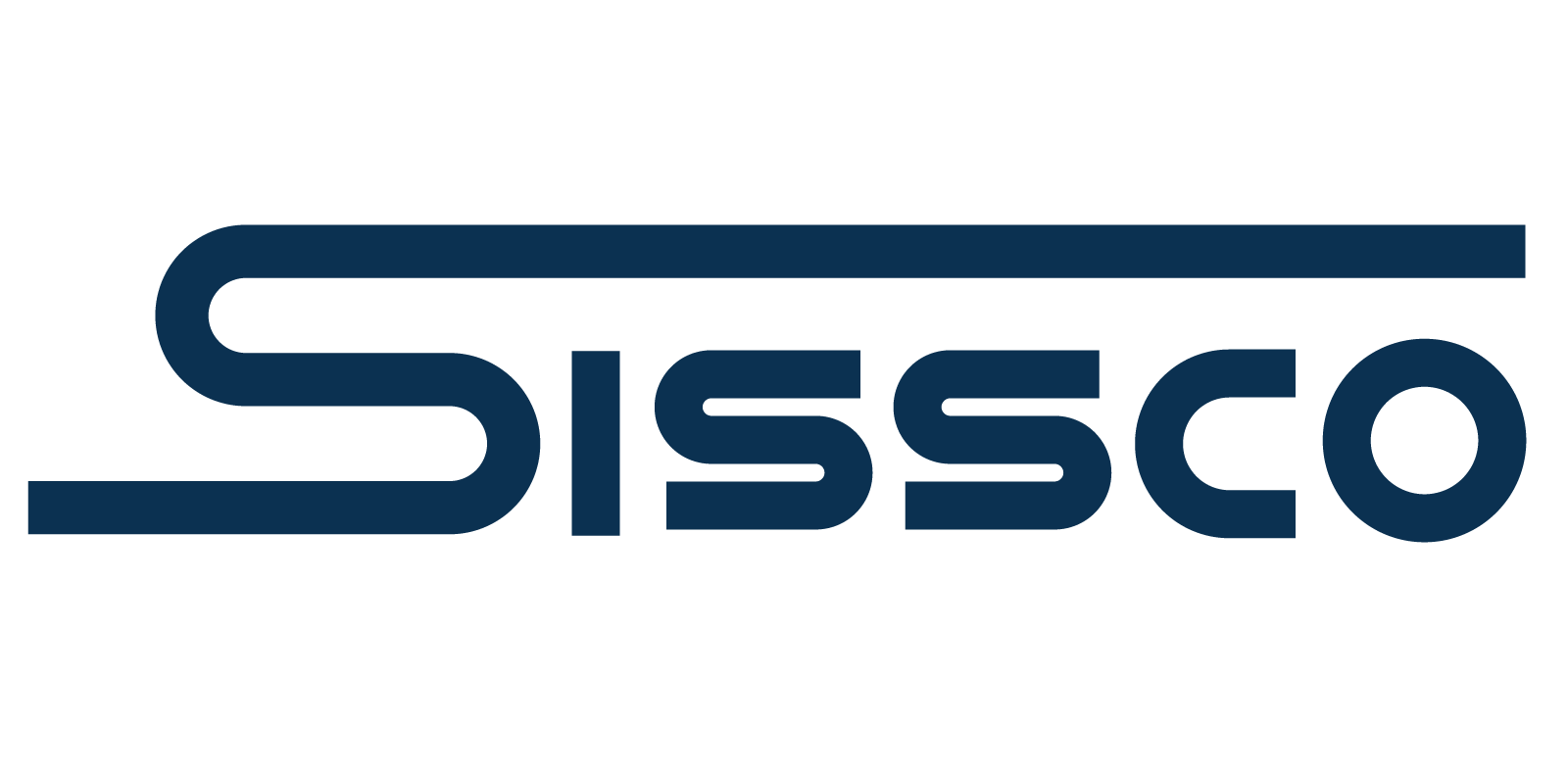What is a Hoist?
A hoist is a mechanical lifting device employing a drum or wheel with a rope, cable, or chain to move heavy objects, predominantly utilized in industrial contexts like factories and warehouses. Several hoists are tailored for specific applications, including electric chain hoists for tight spaces, wire rope hoists for high-capacity lifting, and manual hoists for smaller, hand-operated tasks.
Selecting the right hoist involves evaluating the object’s size and weight, available space, and budget constraints, with hoists being more suitable for lighter, smaller loads and constrained areas. For individuals or businesses seeking quality hoisting solutions, reputable suppliers such as Hoists.com offer a broad selection of products from leading brands, ensuring the availability of the perfect hoist for various lifting needs.
What is a Lift?
Unlike hoists, which lift or move heavy objects horizontally using a rope, cable, or chain mechanism, lifts are designed to elevate and lower items vertically between different levels. Lifts are crucial in various settings, including construction sites, warehouses, and vehicle maintenance, with specific types like scissor lifts, elevator lifts, forklifts, and vehicle lifts tailored to diverse applications. These devices use platforms or forks, powered mostly by motors, to efficiently execute their vertical movement tasks.
The fundamental difference between hoists and lifts is their operational purpose and design. While hoists are optimal for horizontal movement within the same level, lifts are indispensable for vertical transportation across multiple floors or heights. This distinction makes lifts especially valuable in environments requiring the vertical transfer of loads, such as in building projects or the maintenance of large machinery and vehicles, where hoists’ capabilities are limited.
Clear Differences Between Hoists and Lifts
- Functionality:
- Hoists: Primarily used for lifting or moving objects horizontally, suitable for industrial, manufacturing, and construction settings.
- Lifts: Designed to raise and lower items vertically between levels, essential in construction, material handling, and vehicle maintenance.
- Design Mechanism:
- Hoists: Utilize a drum or wheel with a rope, cable, or chain wrapped around it for moving objects.
- Lifts: Employ platforms or forks, often motorized, for vertical transportation.
- Applications:
- Hoists: Ideal for moving heavy items within the same level, such as in warehouses or factory floors.
- Lifts: Used for transporting goods or people between floors, including in buildings, construction sites, and for vehicle servicing.
- Power Source:
- Hoists: Can be powered manually or by motors, depending on the type and specific use case.
- Lifts: Typically powered by electric or hydraulic motors to handle heavier loads and reach higher elevations.
- Capacity and Size:
- Hoists: Generally smaller and designed for lighter loads, making them suitable for tight spaces.
- Lifts: Larger and capable of handling heavier objects, designed for tasks requiring significant vertical movement.
Hoist Service Pros
These distinctions highlight the unique capabilities and suitability of hoists and lifts for different tasks, underlining the importance of choosing the right equipment based on the specific needs of a project or operation. You should call our talented team for more information on getting the best possible gear for your application and environment. Let us be your hoist service partners.



